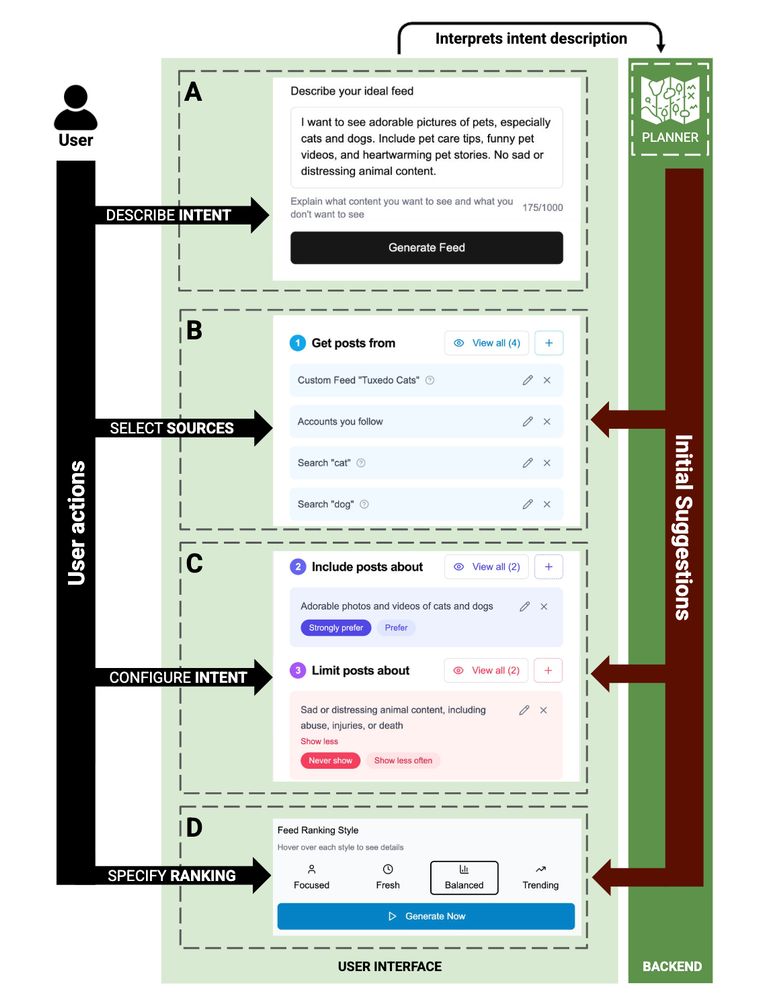
Previously: EPFL 🇨🇭, UFMG 🇧🇷
Interests: Computational Social Science, Platforms, GenAI, Moderation
We repeat the analysis in a later period when Instagram and Facebook also had short-form video. There, differences between TikTok adopters and others vanish—suggesting the effect is about the format, not the specific app.

We repeat the analysis in a later period when Instagram and Facebook also had short-form video. There, differences between TikTok adopters and others vanish—suggesting the effect is about the format, not the specific app.
Effects are concentrated during the day. We find no consistent evidence that short-form video increases nighttime mobile use beyond what other social media already does.

Effects are concentrated during the day. We find no consistent evidence that short-form video increases nighttime mobile use beyond what other social media already does.
Short-form video especially pulls in people who previously used their phones less:
Low-intensity users: ≈31% increase in total mobile duration
High-intensity users: ≈14% increase

Short-form video especially pulls in people who previously used their phones less:
Low-intensity users: ≈31% increase in total mobile duration
High-intensity users: ≈14% increase
After adoption, total mobile duration increases by ≈17% (about +28 minutes/day for the average user), and the average time away from the phone (TAP) shrinks by ≈20%.

After adoption, total mobile duration increases by ≈17% (about +28 minutes/day for the average user), and the average time away from the phone (TAP) shrinks by ≈20%.
We find that adopting TikTok increases total mobile usage and shortens breaks from the phone.
Preprint: osf.io/preprints/so...

We find that adopting TikTok increases total mobile usage and shortens breaks from the phone.
Preprint: osf.io/preprints/so...
In my latest blog post, I argue it’s time we had our own "Econometrics," a discipline devoted to empirical rigor.
doomscrollingbabel.manoel.xyz/p/the-missin...

In my latest blog post, I argue it’s time we had our own "Econometrics," a discipline devoted to empirical rigor.
doomscrollingbabel.manoel.xyz/p/the-missin...








In a new paper, we introduce Bonsai, a tool to create feeds based on stated preferences, rather than predicted engagement.
arxiv.org/abs/2509.10776

In a new paper, we introduce Bonsai, a tool to create feeds based on stated preferences, rather than predicted engagement.
arxiv.org/abs/2509.10776



doomscrollingbabel.manoel.xyz/p/the-lean-c...

doomscrollingbabel.manoel.xyz/p/the-lean-c...

My new post: why the “Human of the Gaps” fallacy distracts us from governing real-world AI impacts.
doomscrollingbabel.manoel.xyz/p/the-retrea...

My new post: why the “Human of the Gaps” fallacy distracts us from governing real-world AI impacts.
doomscrollingbabel.manoel.xyz/p/the-retrea...





